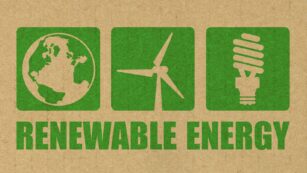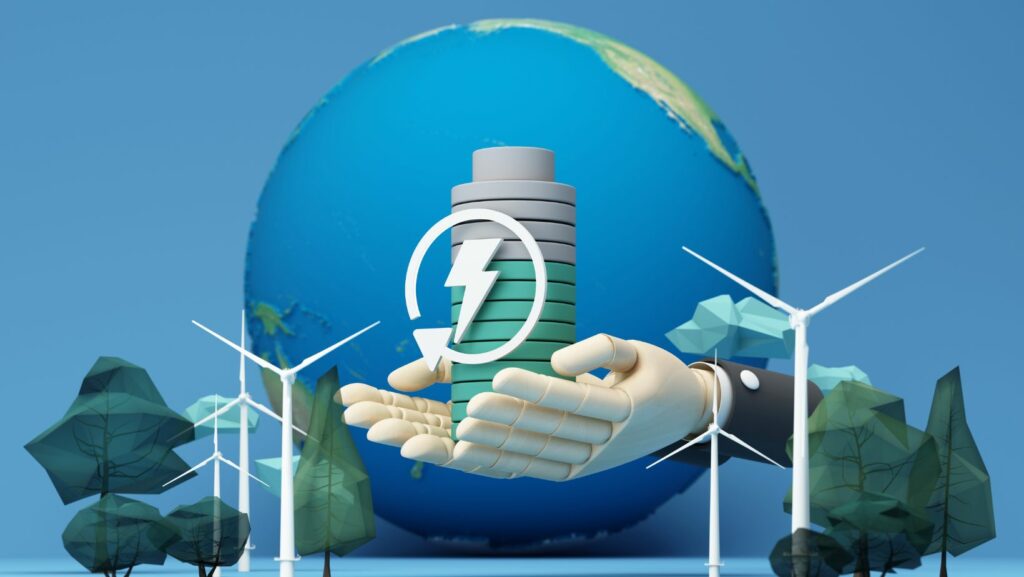As the world shifts towards sustainable energy solutions, the integration of renewable energy sources into existing power grids has become a crucial focus. This transition not only helps reduce carbon emissions but also enhances energy security and resilience. With advancements in technology, integrating solar, wind, and other renewables into the grid is more feasible than ever.
However, challenges remain in balancing supply and demand, ensuring reliability, and maintaining grid stability. Understanding the complexities of grid integration is essential for policymakers, utility companies, and consumers alike. By exploring innovative strategies and technologies, the energy sector can pave the way for a cleaner, more sustainable future.
Grid Integration Of Renewable Energy Sources
Grid integration of renewable energy sources involves synchronizing diverse energy types within existing electrical grids. This process enhances the reliability and efficiency of power systems while promoting sustainability.
Key Benefits
-
 Reduced Carbon Emissions: Integrating renewable resources such as solar panels and wind turbines decreases reliance on fossil fuels, leading to lower greenhouse gas emissions.
Reduced Carbon Emissions: Integrating renewable resources such as solar panels and wind turbines decreases reliance on fossil fuels, leading to lower greenhouse gas emissions. -
Improved Energy Security: Use of local renewable energy sources reduces vulnerability to external energy supply disruptions. This results in more stable energy prices and enhances grid resilience.
-
Diversified Energy Supply: A mix of energy sources, including wind, solar, and hydropower, fosters a more flexible power grid. This diversity helps mitigate risks associated with single-source dependency.
Challenges
-
Intermittency Issues: Renewable energy sources produce fluctuating power output. This variability can complicate maintaining a consistent energy supply without proper storage solutions.
-
Grid Stability: Ensuring grid stability requires advanced technologies, such as demand response and energy storage systems. These technologies help balance supply and demand effectively.
-
Regulatory Barriers: Complex regulatory frameworks can hinder the deployment of renewable energy projects. Streamlining these regulations is essential for facilitating smoother integration.
Strategies for Effective Integration
-
 Energy Storage Solutions: Implementation of battery storage systems helps store excess energy for later use. This approach stabilizes supply during high demand or low energy production periods.
Energy Storage Solutions: Implementation of battery storage systems helps store excess energy for later use. This approach stabilizes supply during high demand or low energy production periods. -
Smart Grid Technology: Utilizing smart grid systems enables real-time monitoring and control of energy flows. These advancements enhance grid reliability and improve response to fluctuating energy inputs.
-
Demand Response Programs: Encouraging consumers to adjust their energy usage helps align demand with available supply. This proactive approach reduces strain on the grid during peak periods.
Technological Solutions For Grid Integration
Smart Grid Technology & Energy Storage Systems
 Smart grid technology improves the management of electricity distribution. It uses advanced sensors, communication networks, and automation tools. These tools optimize energy flow, reduce losses, and manage peak loads effectively. Smart grids allow for real-time data analysis, enabling utilities to respond swiftly to fluctuations in energy supply and demand.
Smart grid technology improves the management of electricity distribution. It uses advanced sensors, communication networks, and automation tools. These tools optimize energy flow, reduce losses, and manage peak loads effectively. Smart grids allow for real-time data analysis, enabling utilities to respond swiftly to fluctuations in energy supply and demand.
Energy storage systems, such as batteries and pumped hydro storage, store excess energy generated during peak production periods for later use. This capability mitigates the intermittency of renewable sources like solar and wind energy. Storage systems enhance grid stability by providing a buffer during periods of low generation, ensuring a continuous power supply.
Demand Response Programs
Demand response programs encourage consumers to reduce or shift their energy usage during peak times. By incentivizing this behavior, utilities can better align consumption with renewable energy availability. These programs decrease the need for additional fossil fuel generation, enhancing overall grid efficiency.
Future Trends In Grid Integration
The path forward for grid integration of renewable energy sources is filled with promise and innovation. As technology continues to evolve, the potential for enhanced efficiency and stability grows. Future advancements in smart grid systems and energy storage will likely play pivotal roles in addressing current challenges.
Collaboration among policymakers, utility companies, and consumers will be essential in navigating this complex landscape. Emerging solutions like demand response programs and microgrids will further support the transition to a more resilient energy infrastructure.
By embracing these trends, society can move closer to a sustainable energy future that prioritizes environmental health and economic resilience. The commitment to integrating renewable energy into the grid is not just a necessity; it’s an opportunity for growth and innovation.



